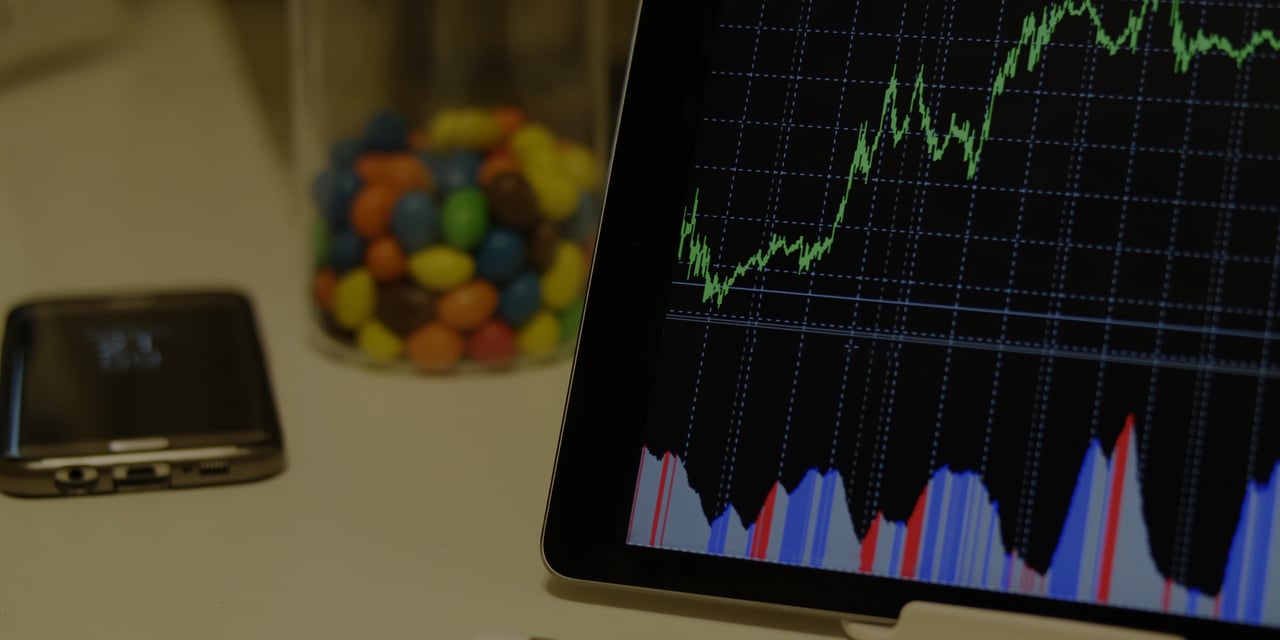The latest economic data from mid-2025 paints a picture of an economy at a crossroads. While persistent challenges like inflation and high housing costs remain, underlying strength from consumers and small businesses continues to fuel growth. Let's break down the key trends you need to know.
1. California Housing Affordability Stuck at Cyclical Lows
For aspiring homeowners in California, the dream remains out of reach for many. The state's Housing Affordability Index (HAI) sits near its cyclical low, dipping to 15% in Q2 2025.
-
What it means: Only 15% of California households earned the minimum annual income of $232,400 required to qualify for a median-priced existing single-family home.
-
The Culprit: While mortgage rates have dipped slightly from their peaks, they remain elevated near 7%. This keeps monthly payments (including PITI) painfully high, around $5,810.
-
A Glimmer of Hope: Affordability did improve year-over-year in 41 counties, and the required income is down from its record high in 2024. However, with rate volatility expected, a significant improvement in affordability isn't likely soon.
2. The Inflation Threat Isn't Over
Headline inflation held steady in July at 2.7% year-over-year, but dig deeper and concerning trends emerge.
-
Core CPI, which excludes volatile food and energy, rose 3.1%—its highest level since February. This suggests underlying price pressures are still building.
-
Wholesale Inflation Spiked: The Producer Price Index (PPI) jumped a surprising 0.9% in July, far exceeding expectations. This indicates that pipeline pressures exist that could filter down to consumer prices later in the year.
-
Tariff Impact: Items sensitive to tariffs, like footwear and household furnishings, saw sharp price hikes, confirming that trade policies continue to put upward pressure on costs.
3. Retail Sales Show Consumer Resilience
Despite inflation, American consumers haven't closed their wallets. Retail sales grew a solid 0.5% in July, building on a strong June.
-
Prime Day Boost: Amazon's extended four-day Prime Day event provided a significant lift to overall sales figures.
-
Strong Categories: Auto sales (+1.6%), furniture, and sporting goods all saw healthy gains.
-
A Caveat: For tariff-sensitive categories, stronger dollar sales may reflect higher prices rather than consumers buying more items, highlighting their price-conscious behavior.
4. Small Business Optimism Climbs Above Key Benchmark
There's positive news on Main Street. The NFIB Small Business Optimism Index climbed to 100.3 in July, staying above its 52-year average.
-
Drivers of Confidence: Record stock market performance and the passing of supportive legislation (the "One Big Beautiful Bill") contributed to a surge in owners reporting better business conditions.
-
The Catch: Uncertainty remains high due to inflation and tariff concerns. While a net 28% of businesses still plan to raise prices in the next three months (a historically high figure), that number has begun to dip, suggesting some moderation in price-setting behavior.
The Bottom Line
The economy in mid-2025 is a tale of dichotomy. Persistent inflation and high housing costs create significant headwinds for households. Yet, the remarkable resilience of consumer spending and renewed optimism among small businesses provide a solid foundation, preventing a slowdown. How these competing forces balance out will define the economic trajectory for the rest of the year.
Would you like more insights on how these trends could impact your real estate decisions? Let us know! To schedule a meeting, email us at [email protected]
For more insights and expert analysis on real estate trends, visit the California Association of REALTORS® (C.A.R.) at www.car.org




